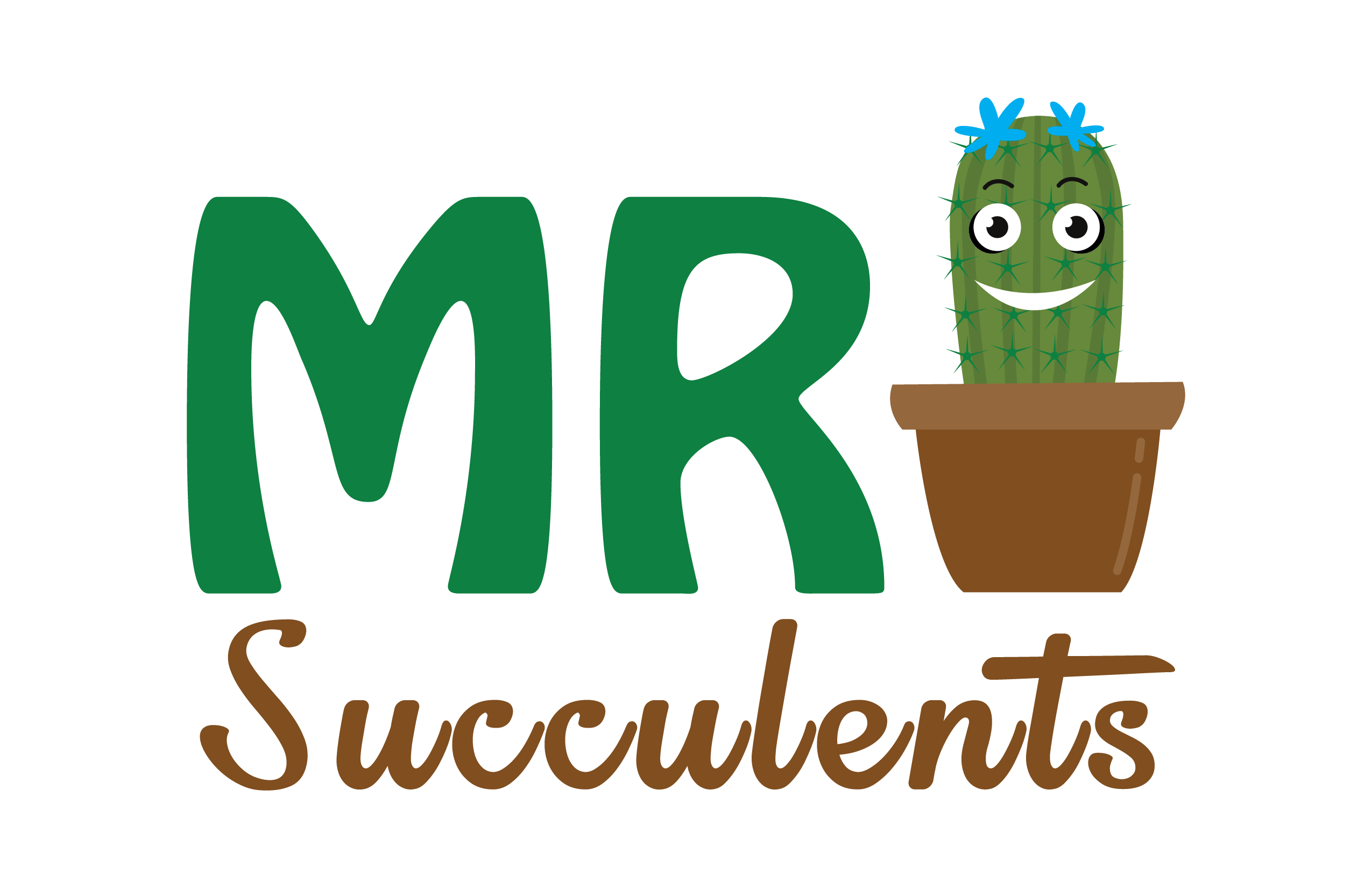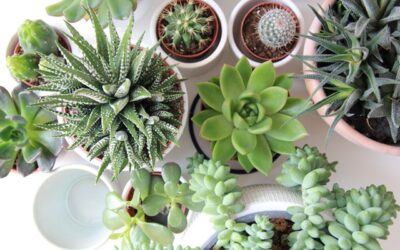Succulent: derived from the Latin succus, meaning sap.
If you’re going by the Merriam Webster definition, you just call them “juicy”.
If you’re a hit-and-miss gardener, you may regard them as the resilient survivors that even your black thumb (thankfully) can’t kill.

What Are Succulents?
In the horticultural world, these feisty florae are known as “succulents”.
If the only variety that comes to mind is the cactus, think again. Succulents are a big-tent species which welcomes many plant families – among them agaves, yucca, aloe, and orchids.
All told, it includes over 60 different species, 10,000 varieties, and an impressive range of colours, sizes, shapes, and textures.
This, combined with their durability, has made them popular pinch hitters with gardeners around the world.
Where do They Grow?
While horticultural experts don’t always see eye to eye on what should or shouldn’t be labelled “succulent”, they do agree that there are two primary categories: the “halophytic”, which take root in boggy soil, and the “xerophytic”, which are able to survive and thrive in arid conditions.
Though succulents are often thought of as being unique to desert regions (cacti being top of the list), in fact they’re a well-travelled bunch. They take root in a wide variety of topographies, from forests to mountains to coastal regions. However, they’re most often found – and associated with – arid or semi-arid regions.
What makes succulents remarkable – and beloved by gardeners – is their unique ability to thrive in arid conditions. They’re able to survive with minimal water intake by harnessing and storing moisture in their leaves and stems. They’re even clever enough to capture mist and dew to quench their thirst.
My How They Grow … and Grow
It’s all about the way they breathe.
The surfaces of plant leaves and stems are covered with “stomata”. These are tiny pores which regulate the release of oxygen and water, and the intake of the carbon dioxide required for photosynthesis. While most plants breathe in during the day and out at night, succulents reverse the process: their stomata remain closed during the day and open at night, resulting in a minimal loss of moisture during the hot daylight hours. Ingenious!
Some succulents (like cacti) store water only in the stem and have no leaves or very small leaves, whereas others (like agave) store water mainly in the leaves.
It’s this moisture-storing capacity that plumps the plants out, giving their leaves or stems that “succulent” appearance. Another secret weapon shared by succulents: a broad root network which allows them to drink up every drop of moisture possible. These adaptive tricks make for enviable longevity. Some can survive for several years, others for decades (or even more). Some forms of cacti have been known to reach the one-century mark. How’s that for durability?
Growing Your Own
You can buy succulents pre-potted, or grow them from a cutting. They’re easily propagated: after cutting, simply let the cuts ends dry out and harden before putting them in soil.
If your succulent has long shoots, cut them off near the base. New shoots, or “pups”, will sprout where you made the cuts, and the mother plant itself will grow out to fill the space. These plants will grow … and grow … and grow – with minimal care. Some will reward you with visual delights in the form of brilliant blossoms when spring arrives.
Succulents are tough, yes. But on the whole they’re also very forgiving, making them ideal for newbies. Agave, aloe, snake plants, and echeveria are among the most commonly recommended starter varieties. But again, you have literally thousands to choose from.
Indoor Care and Feeding
While the care they require is minimal, it needs to be properly rationed.
The keys to good succulent care:
- Provide them with as much bright, filtered light as possible. South-facing window sills are a good choice.
- Plant them in well-draining soil. Your soil should contain large particles – such as small pebbles, pumice, or pearlite – to allow water to drain properly.
- Use a pot with a drainage hole. Soggy bottoms make for unhappy succulents.
- Water deeply (soil should be wet to the touch) but less frequently. This encourages the plant to put out a strong, broad root system.
- A safe rule is to water once per week until the soil is wet to touch but not soaked.
The most important takeaway: watering – the right amount at the right time – is key. It’s important to keep track of what you’re giving to whom and when. (And yes – there’s an app for that!)
The Great Outdoors
While succulents are traditionally thought of as living on windowsills and desktops, they’re also at home outdoors. (After all, that’s where it all started.)
They can tolerate extremes in climate better than most other plants. This will give you a chance to try out some of the more brilliant hues, which thrive in direct sunlight. Planting succulents in your garden will not only add a unique note to your menagerie – it’ll also cut down on your water bill!
Use a well-draining soil mix to create a six-inch mound, plant your succulent, and it’s good to grow.
If you live in a high precipitation or frost-prone area, planting your outdoor succulents in pots allows you to move them inside or into a shaded area as needed.
When You’re Ready to Get Growing
Do your research to determine what your plant requires in terms of water, light, and temperature. That’s the best way to prevent damage and untimely demise.
Pay attention to your plants. Check for any changes (like shrivelling or stretching) that may signal problems. Adjust care as required.
Once you’ve settled on a regimen that seems to work – enjoy them!
Spikey or smooth, exotic or subdued, these unique and quirky plants have earned legions of diehard devotees around the world. (Tens of thousands of admitted “addicts” share their troubles and triumphs on Facebook.) From the yellow-spiked Golden Bowl Cactus to the shimmering tones of the Wine Red Echeveria, there’s something to satisfy every palate.
With proper care, your succulent will be a gift that keeps on giving.
And it’ll prove your thumb is greener than you thought.


0 Comments